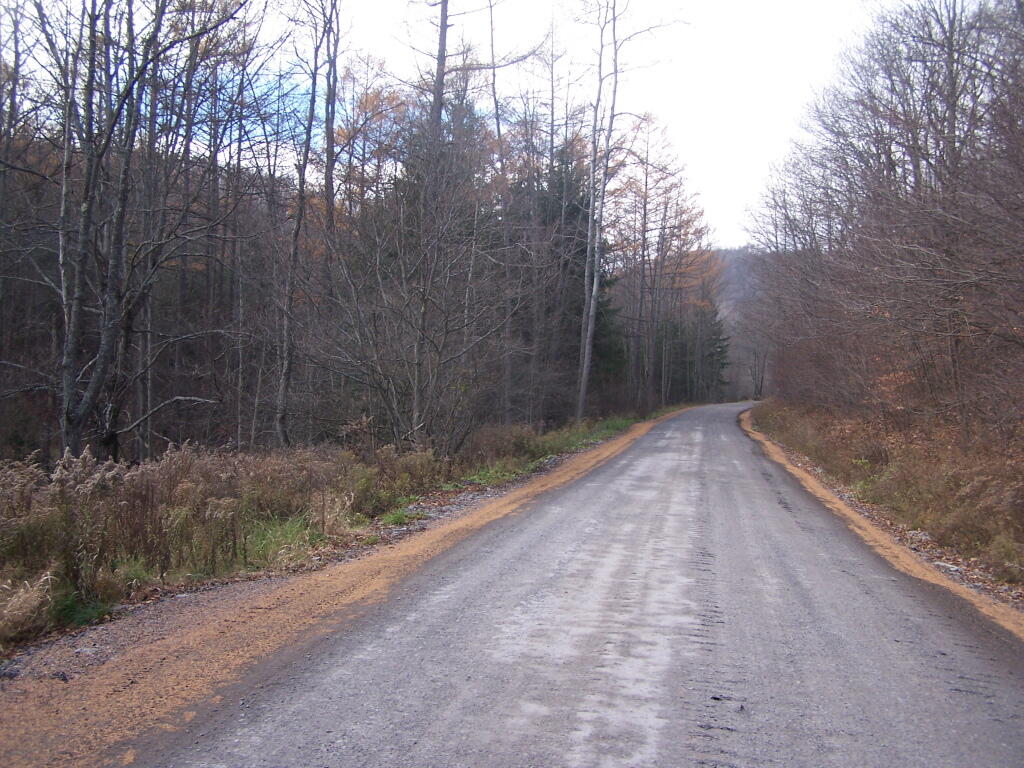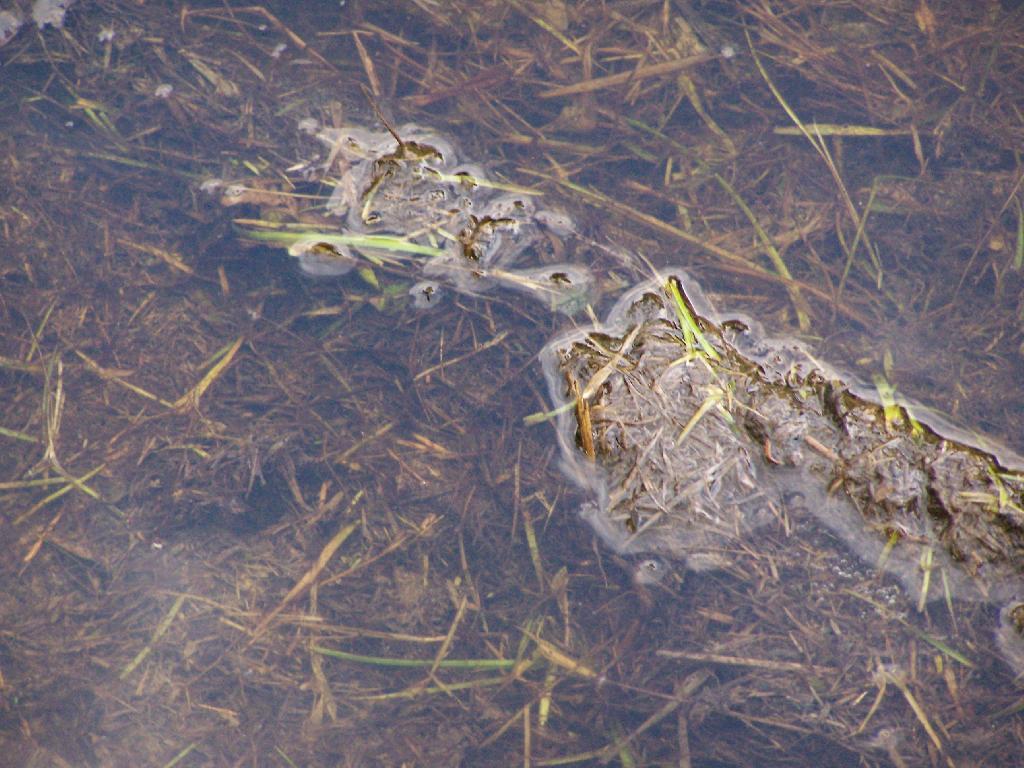There seems to be a magic line that separates the country from the cities. There is a point where you get far enough from the city, where farms aren’t surrounded by suburbia or concerned with the suburban way of life. There might still be long distance exburbian commuters out in these parts, but they are essentially rural and free of the control of the big city.
There are several things that come to mind when you are truly in a rural place:
Speed Limit as 55 MPH. The state speed limit starts in almost all non-hamlet parts of rural towns. If the vast majority of roads in the town can be driven essentially as fast as you dare, then your in a rural place.
No Local Police Enforcing Local Laws. Rural communities may still have their own code inspectors and assistance from state police, but there is not the police presence that exists in the big cities. There simply is not the crime in the country, and lots of people leave their keys in their ignition.
Agriculture Not a Quaint Part of the Past. In most truly rural towns agriculture is not just a quaint hobby of people, but is a professional occupation of a number of citizens. In many rural towns there are far more hobby farmers then professionals, but the agriculture preformed on both farms is different then closer to suburbia, and often involves big animals.
People Burn Their Trash. While fewer and fewer people still have burn barrels, particularly in exurbian areas, in truly rural areas the vast majority of people still take their trash out back and burn it. Trash pickup simply is incompatible with the way of life of Rural America.
Big Pickups and Quads. People out in the country are more likely to own pickup trucks and quads. There is a need for vehicles that can haul things, and there is a culture that supports the pickup truck way of life. And people like playing our in nature with their snowmobiles and quads. Not to mention it’s fun to chase cows around on the quad.
Large Segments of Population Don’t Go to the City. The exburban and suburban commuter regularly drives to the city, rural people do not. There may be some exceptions, and most people do come together in a community regardless of where they live, but more often then not it’s a small city of less then 30,000 people.

In other words, a large segment of the rural population is wild and free, and not controlled like people in the big city. They aren’t limited in their possibilies or their land, or how they must live their life.


